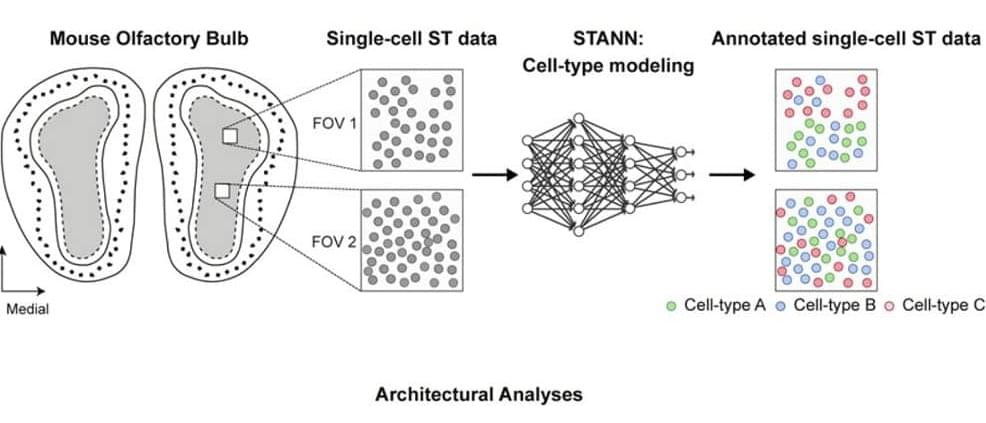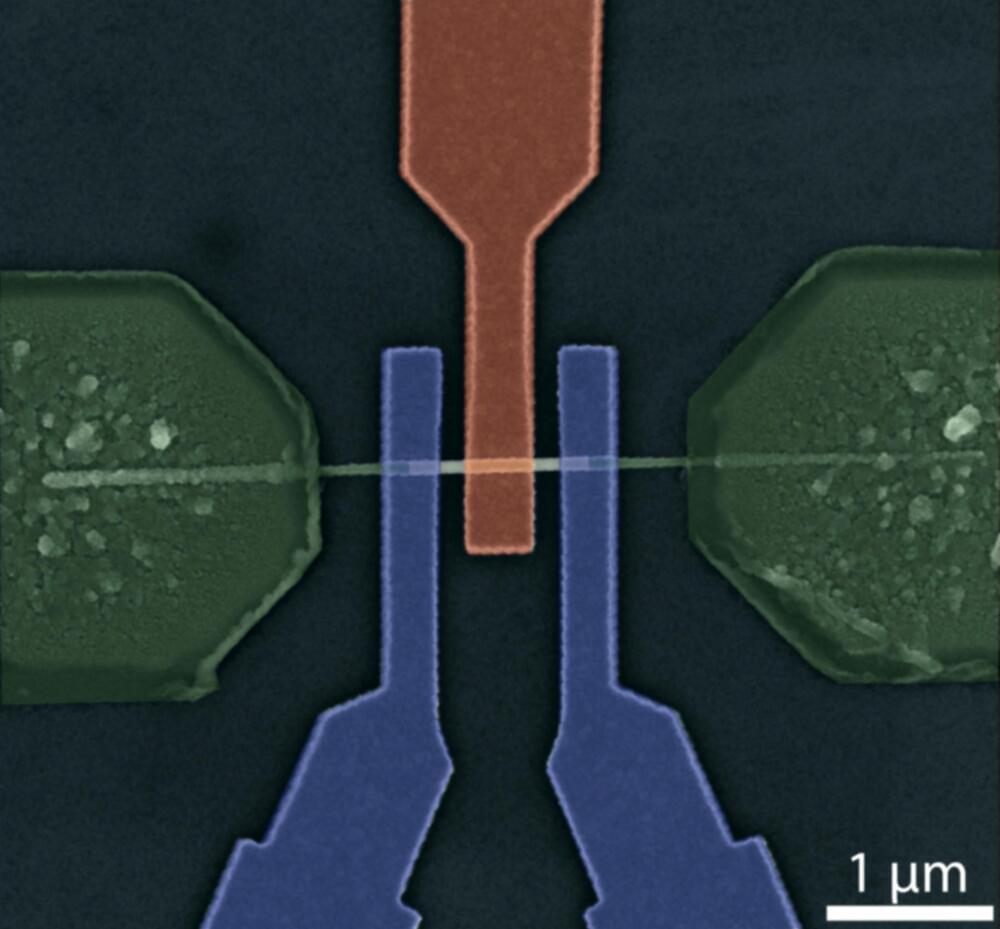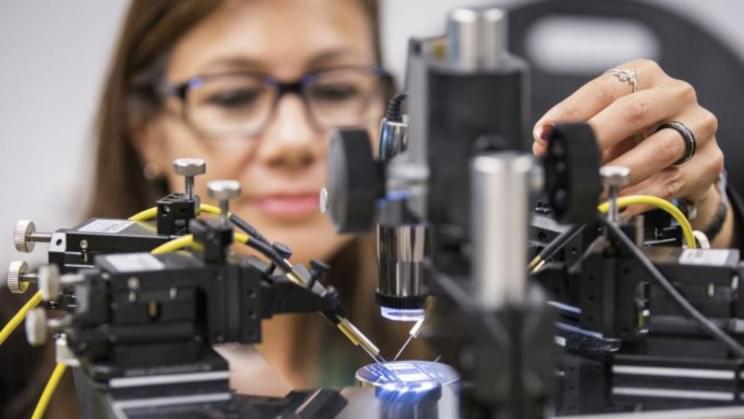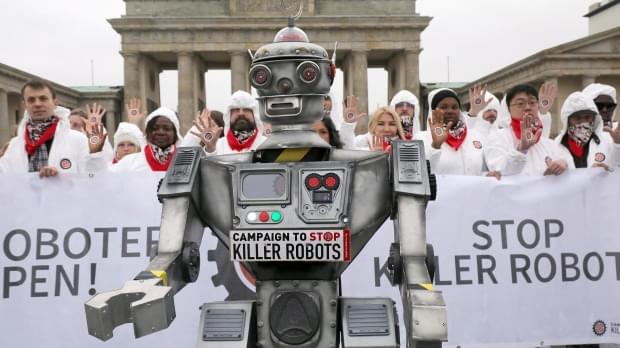Korean researchers have created a very realistic and capable robot hand that looks very promising. It is strong (34N of grip strength) and reasonably lightweight (1.1 kg), too. There are several videos of the hand in action, of which you can see two of them below including one where the hand uses scissors to cut some paper. You can also read the full paper for details.
Like many good projects, this one started with requirements. The team surveyed existing hands noting the positives and negatives of each design. They then listed the attributes they wanted in a new design.
The 22 cm hand has 4 fingers, a thumb, and sensors on each fingertip. Overall, there are 20 joints resulting in 15 degrees of freedom so the hand is very dexterous. The construction looks taxing with eccentric motors, ball screws, and linkages. However, the hand is self-contained and ready to mount on any robot arm.





